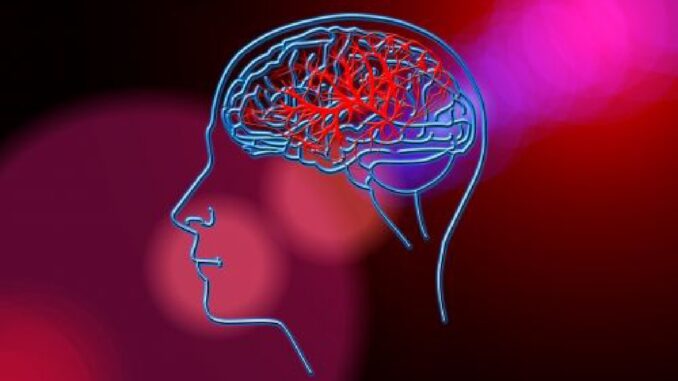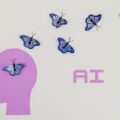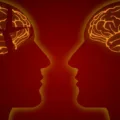
A 30 Year old paralyzed woman gets her ability to speak back
In a remarkable scientific breakthrough, researchers have achieved a significant milestone by creating an innovative brain-computer interface (BCI) that holds the potential to transform the lives of paralyzed individuals. This groundbreaking achievement allows a woman named Ann Johnson, who had suffered a debilitating stroke in 2005 at the young age of 30, to communicate once again through a digital avatar. Despite her paralysis, Ann’s brain continued to emit signals, hinting at her unspoken thoughts and desires.
At the heart of this technological marvel lies a cutting-edge approach. Utilizing minuscule electrodes carefully placed on the brain’s surface, researchers were able to capture the electrical activity emanating from the region responsible for speech and facial movements. These neuronal signals, previously inaccessible due to Ann’s paralysis, are now harnessed to animate a digital avatar. The avatar replicates speech patterns and facial expressions, enabling Ann to convey a range of emotions such as joy, sadness, and even surprise.
This pioneering initiative is a collaborative effort between the University of California, San Francisco, and the University of California, Berkeley. Ann, who once faced the daunting challenge of limited verbal communication, has now become an instrumental participant in advancing the very technology that could reshape the lives of countless individuals. Together with the researchers, she is aiding in the development of new brain-computer interfaces that could offer a more natural and intuitive mode of communication through digital avatars that closely resemble real people.
This system allows go speak at 80 words per minute
Notably, this achievement marks the first instance where brain signals have been ingeniously synthesized to produce either speech or facial expressions. The implications of this breakthrough are profound, offering hope to those who have lost their ability to communicate due to severe paralysis or similar conditions. The technology doesn’t stop at avatars alone; it boasts another remarkable feature. The system can swiftly decode these neural signals into written text at an impressive pace of nearly 80 words per minute. This marks a remarkable leap from the mere 14 words per minute achievable through Ann’s current communication device.
As we envision a future shaped by this newfound capability, the potential benefits extend far beyond the realm of communication. This innovation could empower individuals like Ann to not only interact with their loved ones but also to engage more actively in various aspects of life. The fusion of neuroscience and technology demonstrated by this project opens doors to renewed independence, self-expression, and connectivity. So, the collaboration between UC San Francisco and UC Berkeley has ushered in an era of unprecedented promise. Ann Johnson’s story, once defined by the aftermath of a stroke that silenced her voice, now stands as a testament to human determination.



